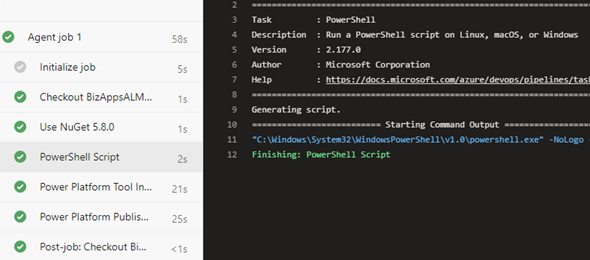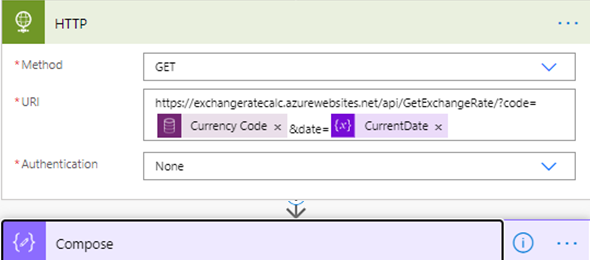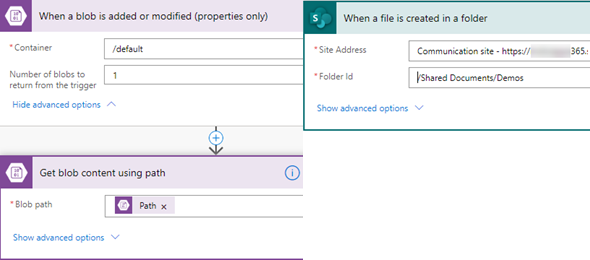Co-Authoring in Canvas Apps
Late November last year, Microsoft released an experimental feature in Canvas apps to allow co-authoring, so that multiple users can work on the app at the same time. Currently, prior to this feature, if a user is working in Canvas Studio, any other user that will try to login to Canvas Studio will be blocked stating that it is locked by the previous user.










